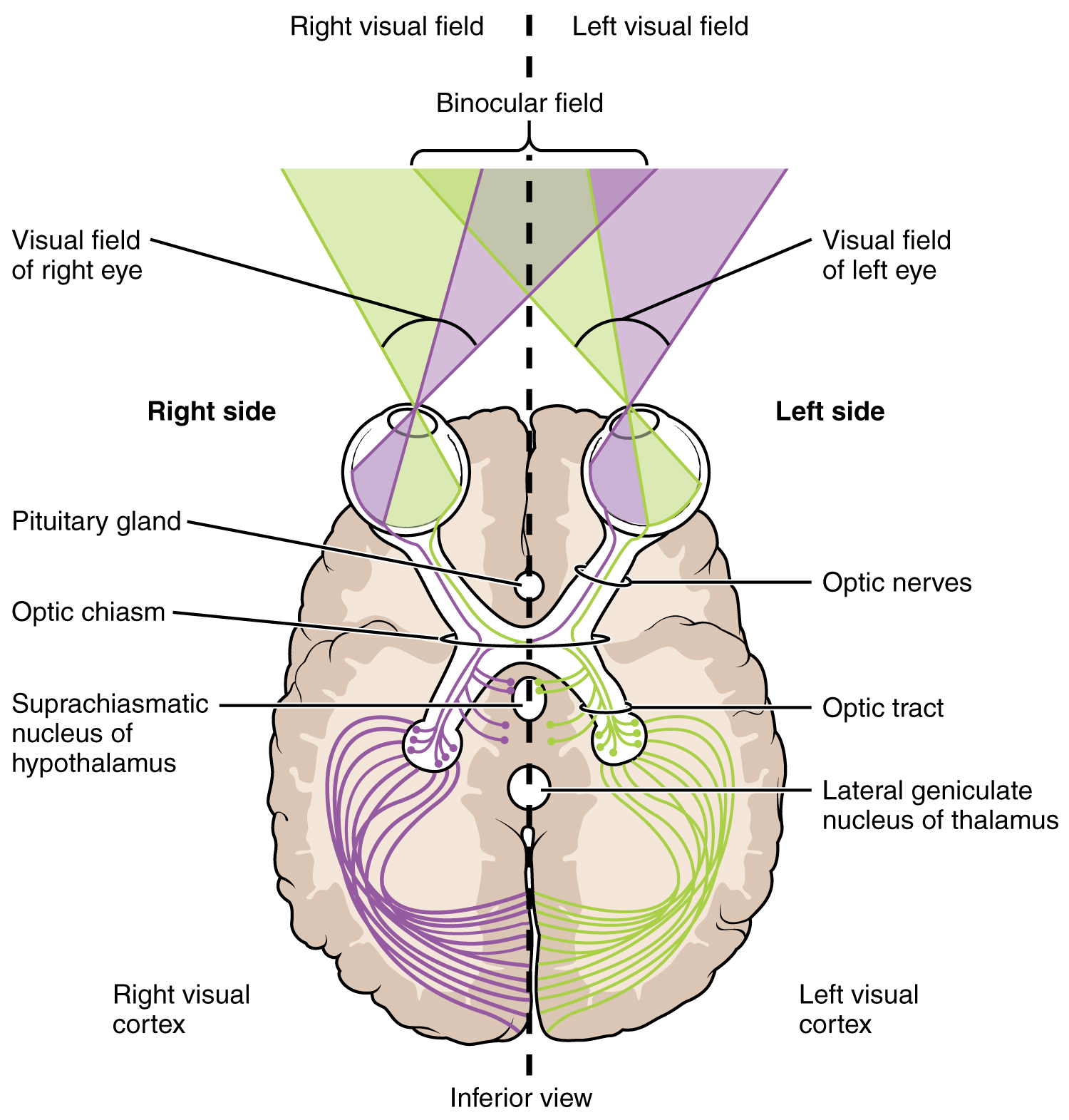Overview
Light rays are reflected off an object and enter the eyes through the cornea, the transparent outer covering of the eye. The cornea bends or refracts the rays that pass through a round hole called the pupil. The iris, or colored portion of the eye that surrounds the pupil, opens and closes (making the pupil bigger or smaller) to regulate the amount of light passing through.
The light rays then pass through the lens, which actually changes shape so it can further bend the rays and focus them on the retina. The retina is a thin layer of tissue at the back of the eye that contains millions of light-sensing nerve cells called rods and cones. These cells in the retina convert the light into electrical impulses, and the optic nerve sends these impulses to the brain where an image is produced.
Learn more about our Neuro-ophthalmologist today

How Vision is Affected
Disturbances in vision can arise from diseases within the eye, but it is also important to understand that visual symptoms can be due to diseases affecting structures behind and around the eye ball, as well as the brain.
Such conditions are
Facial Twitching Diplopia Droopy Eyelids Brain Tumors affecting vision
